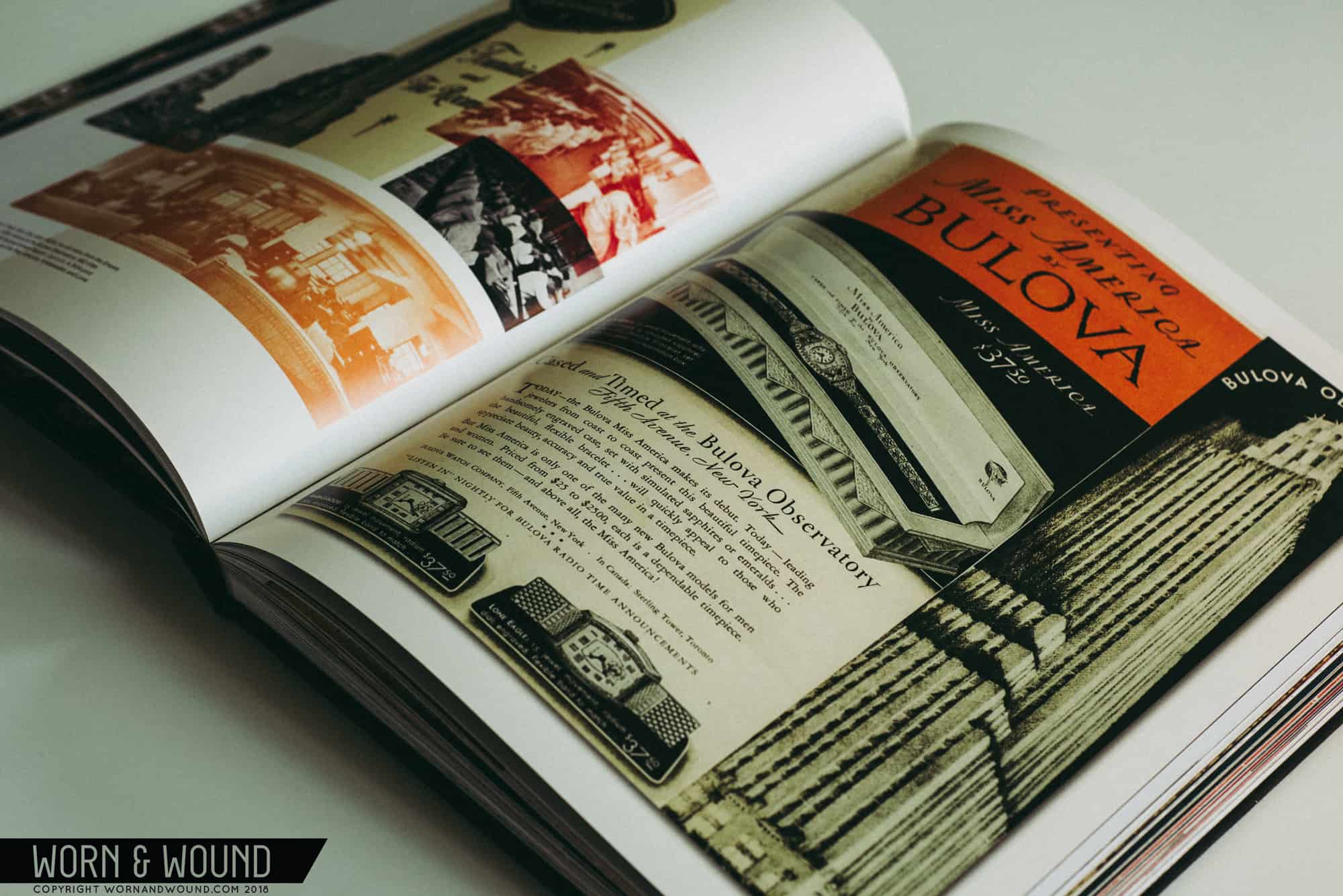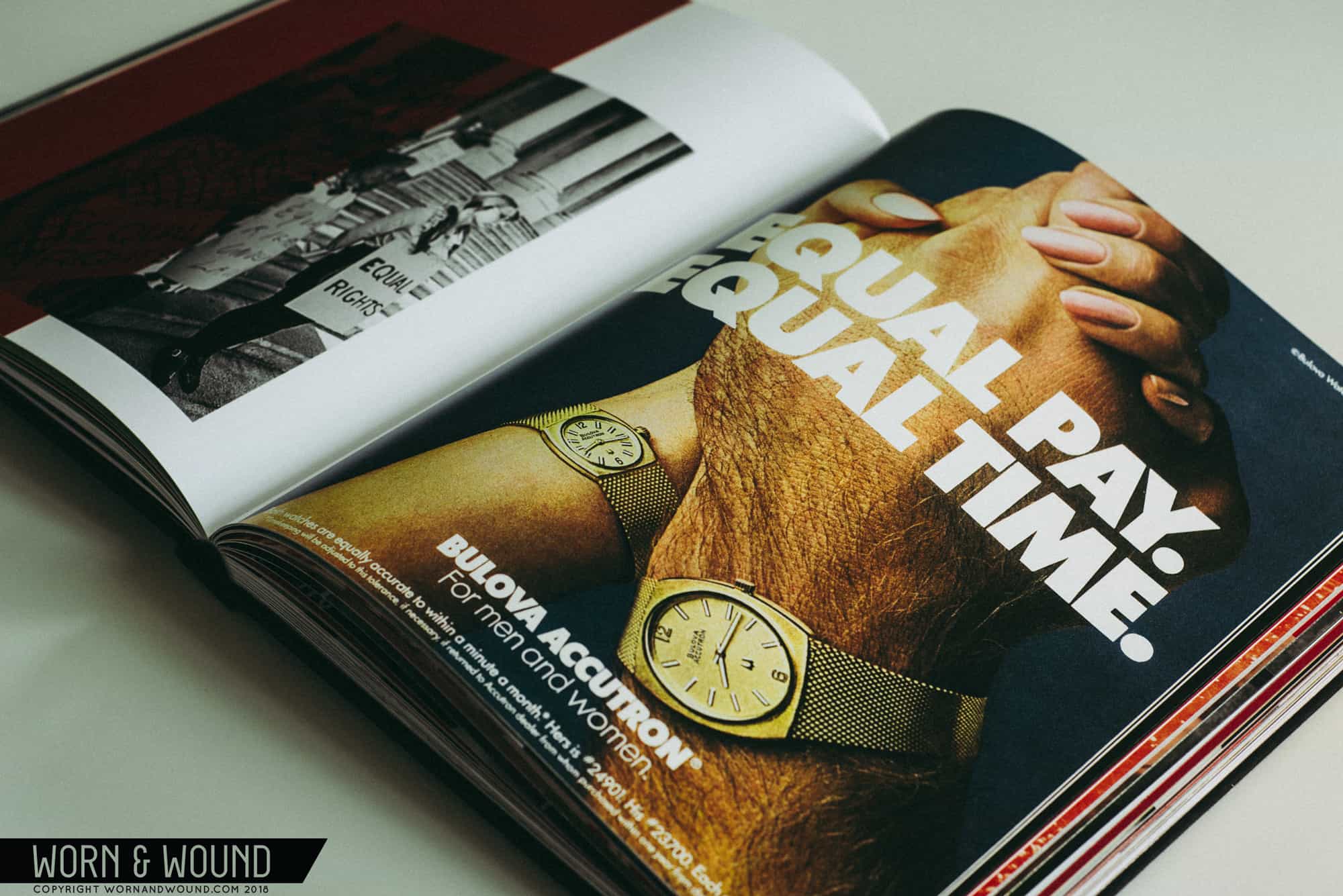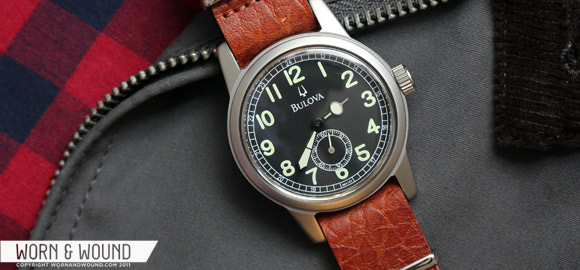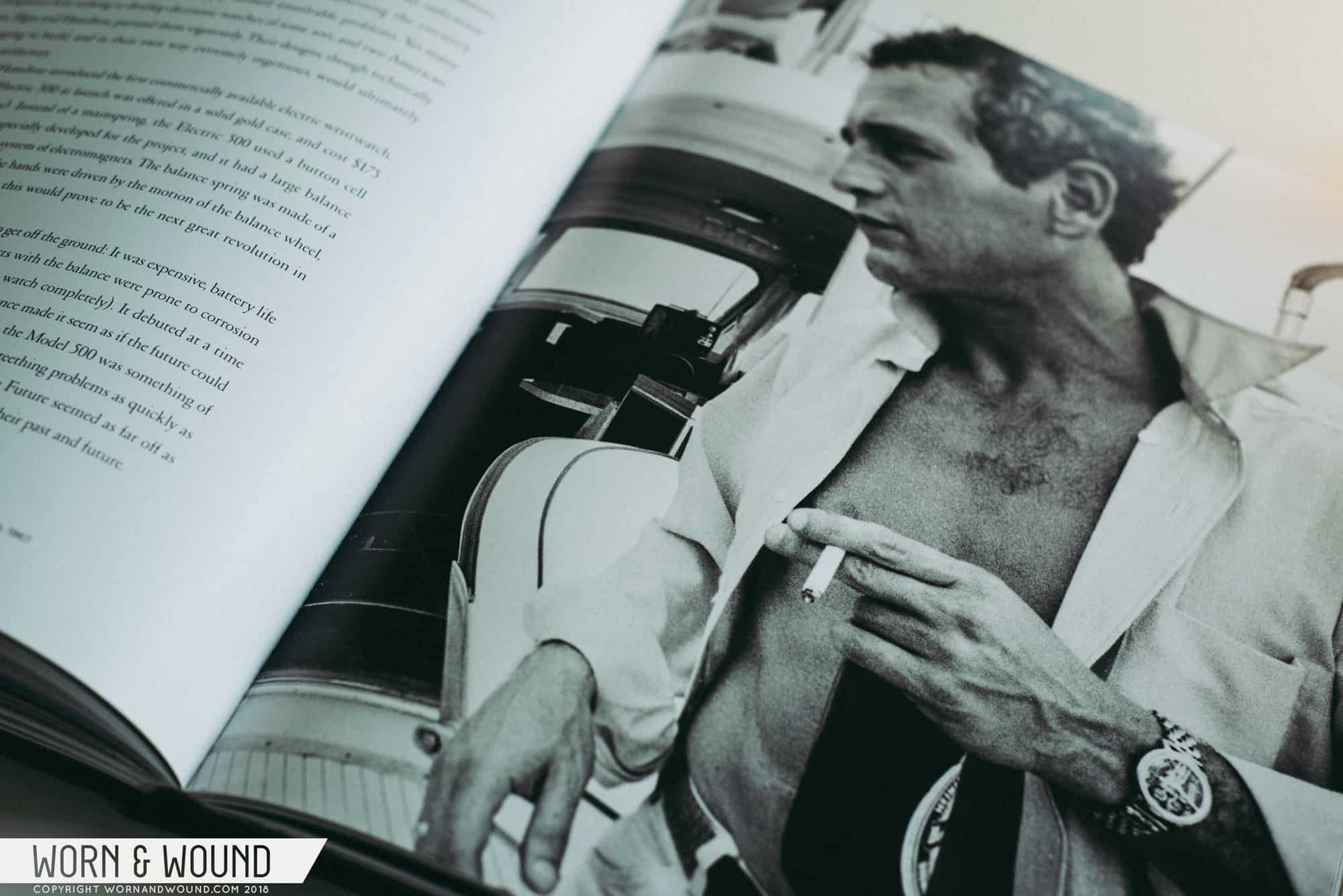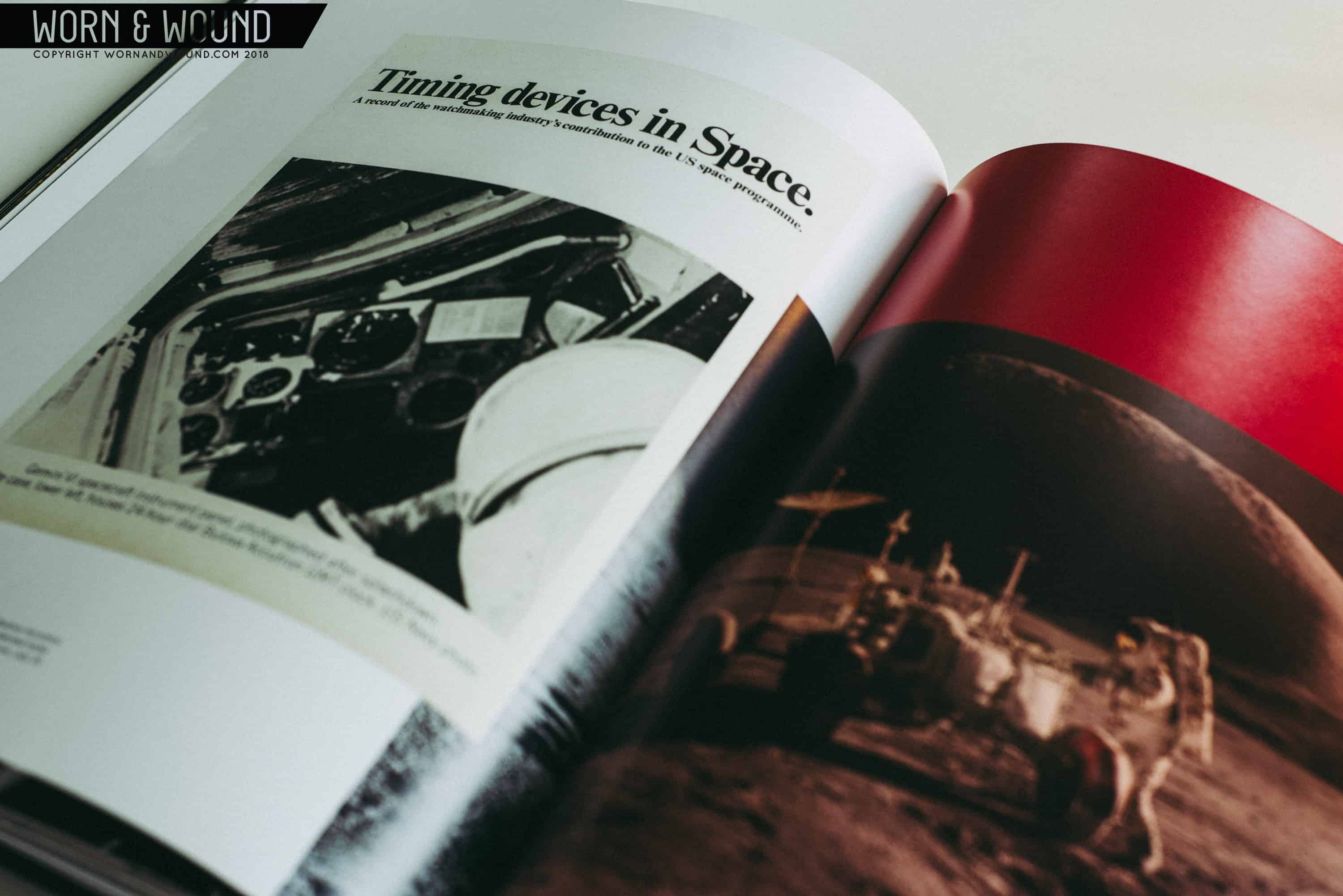“Joseph Bulova was the ur-example of the American Dream,” claims Aaron Sigmund in his forward to the new book Bulova: A History of Firsts from luxury publisher ASSOULINE. Grandiloquence? Indeed, not. Bulova’s journey from Romania to Ellis Island to a small watch shop in lower Manhattan to head of a radically innovative multi-national manufacturing, distribution, and sales powerhouse is, in fact, The 20th-century American Dream writ large. Bulova, Ford, Chevrolet, Hershey’s, Disney, Levi’s—these companies became so successful, their brands so ubiquitous, that they transcended their role as commercial enterprises to become shapers of American culture. To this day, they continue to infuse our lives with their symbolism and significance.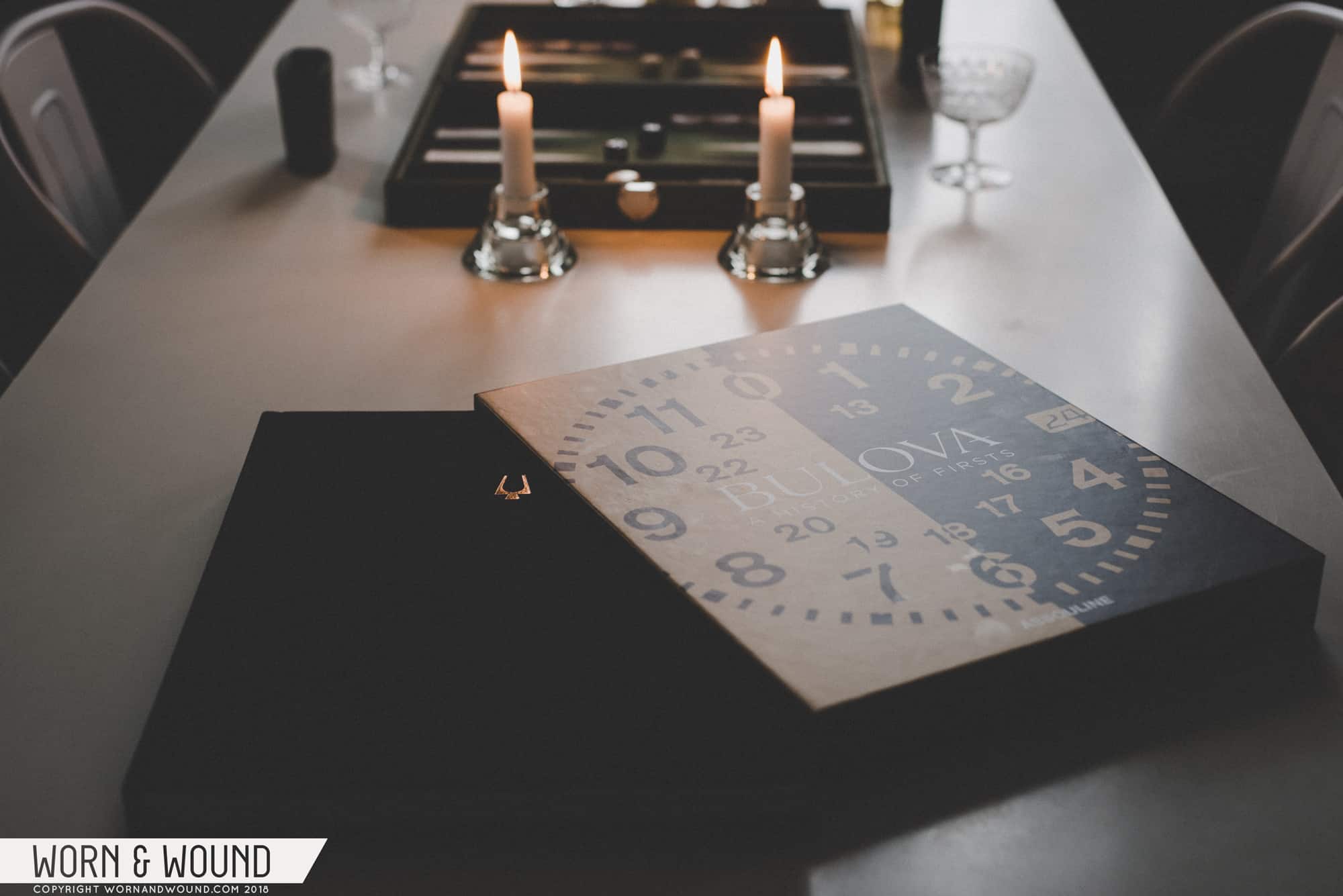 Bulova is very much a part of my own family’s version of the American Dream. My orphaned grandfather left Italy alone at age nine, passed through Ellis Island, and labored in a tannery from age 10 up into his 70s. His son, my father, one of eight boys, was just 31 years old when President Dwight D. Eisenhower appointed him US Attorney—that’s a long way from the tannery. My father was the quintessential, self-made, mid-century Bulova man—demanding of quality, interested in state-of-the-art technology, and shy of ostentation; Bulova watches suited him perfectly.
Bulova is very much a part of my own family’s version of the American Dream. My orphaned grandfather left Italy alone at age nine, passed through Ellis Island, and labored in a tannery from age 10 up into his 70s. His son, my father, one of eight boys, was just 31 years old when President Dwight D. Eisenhower appointed him US Attorney—that’s a long way from the tannery. My father was the quintessential, self-made, mid-century Bulova man—demanding of quality, interested in state-of-the-art technology, and shy of ostentation; Bulova watches suited him perfectly.
When I turned 30, Dad gave me his 30-jewel gold Bulova (note the numerical symbolism), and I later inherited his cushion-cased Accutron, which he favored throughout the 1970s and ’80s. Simultaneously, I attended Charles A. Lindbergh Elementary, named after Bulova’s most renowned endorser. I can’t imagine how many now-grown kids were fascinated by the distinctive hum of their father’s Accutron; or how many recall an impossibly small Bulova on Mom’s wrist; or how many now cherish a Bulova as a family keepsake.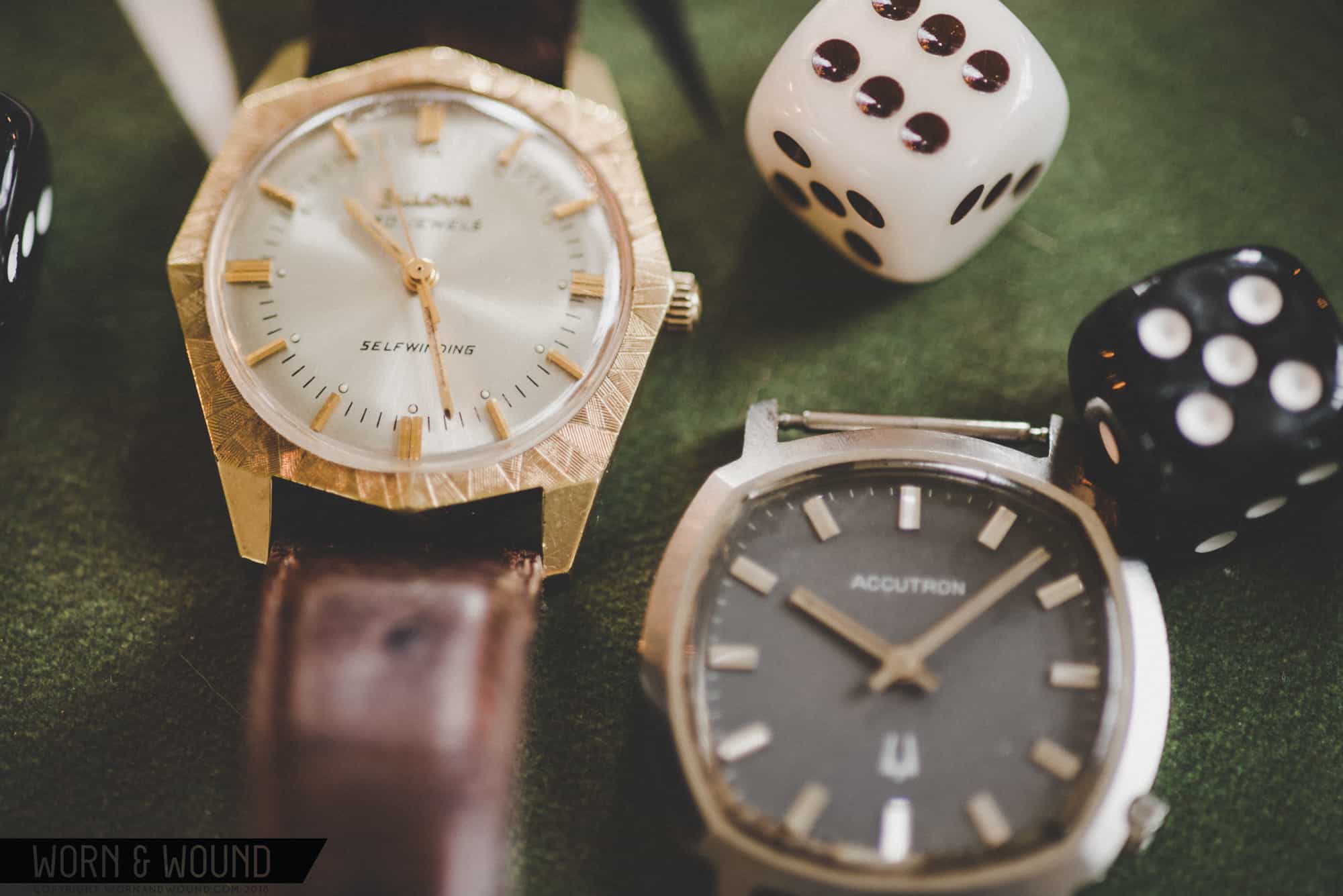
“Bulova, Ford, Chevrolet, Hershey’s, Disney, Levi’s—these companies became so successful, their brands so ubiquitous, that they transcended their role as commercial enterprises to become shapers of American culture.”









 Featured Videos
Featured Videos




